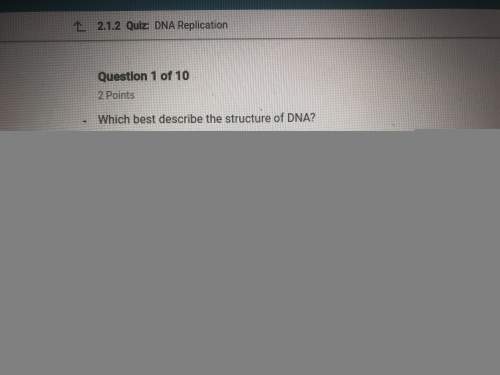
Four students discussed how the organelles of an animal cell contribute to the process of removing waste. Use their explanations to answer the question below. Student 1: When waste is produced by the cell, the nucleus gives instructions for waste removal to occur in the cell. The mitochondria break down the waste, the cytoplasm moves the waste from the lysosome to the cell membrane, which releases it from the cell. Student 2: When waste is produced by the cell, the nucleus gives instructions for waste removal to occur in the cell. The lysosome breaks down the waste, the cytoplasm allows the waste to move across the cell from the lysosome to the cell membrane, which releases it from the cell. Student 3: When waste is produced by the cell, the nucleus gives instructions for waste removal to occur in the cell. The mitochondria break down the waste and the cell membrane releases it from the cell. Student 4: When waste is produced by the cell, the nucleus gives instructions for waste removal to occur in the cell. The lysosome breaks down the waste and the cell membrane releases it from the cell. Which student’s explanation is MOST complete in describing how organelles work together to remove waste?

Answers: 2


Other questions on the subject: Biology

Biology, 22.06.2019 07:00, kaperry
Amale bird-of-paradise uses a dance to attract mates in which it flaps its tail feathers on the ground and jumps around a potential female mate. a different male bird-of-paradise does a similar dance but it jumps around the female in the opposite direction. the female bird is only attracted to one style of dance, in one direction.
Answers: 3

Biology, 22.06.2019 16:00, kennettahughley7964
Been sitting here trying to take this test and don't know this answer! place the events of a feedback mechanism associated with body temperature in the correct order. ·nerve cells send message from skin to the brain ·body returned to normal temperature around 98.6 degrees f ·temperatures regulation center in the brain sends out signals ·body temperature exceeds 98.6 degrees f ·sweat glands throughout the body activate to cool off skin surface it is a 1 through 5 question in biology!
Answers: 2

Biology, 22.06.2019 17:30, xxtonixwilsonxx
The krebs cycle is also known as the calvin cycle pyruvic acid cycle carbon - oxygen cycle citric acid cycle
Answers: 2

Biology, 22.06.2019 18:30, tyshunstephens0
Which of the following are not matched correctly? cd8+: directly destroy infected or cancerous cells t reg cell: reduce the adaptive response once threat passes t l: activate cellular branch (cytotoxic t cells, macrophages, nk cells) t 2: stimulate b cells to make antibodies t (cd4+): mhc i
Answers: 3
You know the right answer?
Four students discussed how the organelles of an animal cell contribute to the process of removing w...
Questions in other subjects:



English, 04.04.2020 06:23





Mathematics, 04.04.2020 06:24

English, 04.04.2020 06:24





